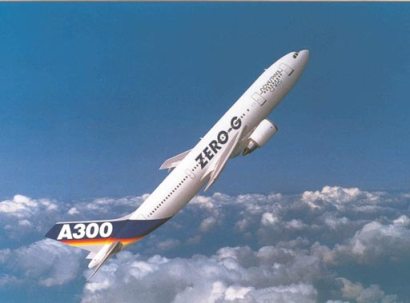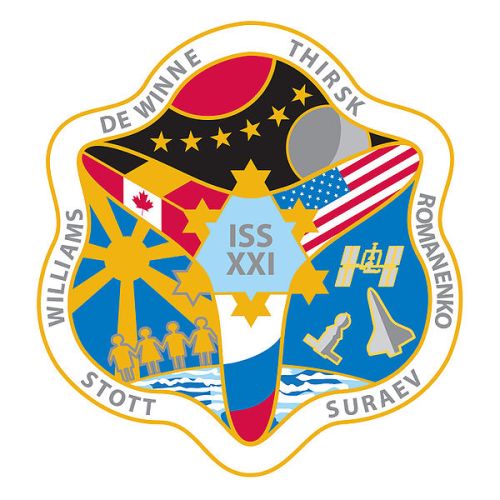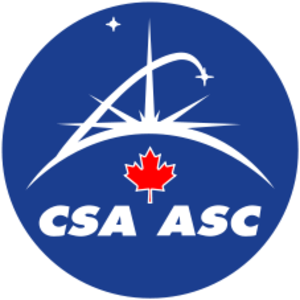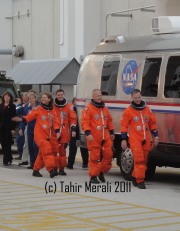STRASBOURG, FRANCE – Students of the International Space University (ISU) have for the first time successfully conducted an experiment of their making on the International Space Station (ISS). Dr. Robert (Bob) Thirsk, a Canadian Space Agency astronaut currently resident on the ISS, played an integral part in the experiment.
“Bob suggested the idea to bring a student experiment on board the ISS”, said Dr. Walter Peeters, Dean of ISU who was also previously involved in astronaut operations at the European Space Agency (ESA). Thirsk has a long-standing relation with ISU as a lecturer; as someone with degrees in medicine, engineering and management, he epitomizes the blend of disciplines that are celebrated and embraced at ISU, the ‘gold standard’ in interdisciplinary space education. The experiment in cognitive neuroscience, called IRIS (Images Reversal in Space), was designed, developed and tested by ISU students as part of their Masters degree curriculum. Based on a concept by Dr. Gilles Clement, now a professor at ISU, IRIS only requires the use of one ISS laptop computer and one dedicated CD including all the software needed for the test.
“Developing an experiment for the ISS in less than one year was quite a challenge” said Dr. Clement, “but it was an extraordinary opportunity and everyone was extremely motivated. The experiment is a nice complement to current space research on the effect of gravity on threedimensional visual perception. In addition of being a learning experience on how to fly a human physiology experiment in space, it could possibly provide original data that will inspire future research.”
With the help of NASA and the Canadian Space Agency (CSA), the software and procedures were space-qualified and sent to the ISS via the Space Shuttle. Ground based data were collected on Bob Thirsk at NASA in Houston prior to his flight, for comparison with data collected on board the ISS. The students also performed extensive measurements on the ground and in reduced gravity during one ESA parabolic flight campaign.
The experiment was successfully executed for the first time on board the ISS on 13 July 2009 and the data were transmitted to the ground for analysis. Another in-flight test session is scheduled in October. Preliminary results show that there are less perception reversals in space, suggesting that the perception of three-dimensional ambiguous figures is more stable in space than on the ground. This result confirms that visual perception of ambiguous figures, like other cognitive processes, is less efficient when gravity “gets in the way” on Earth.
During his stay on board the ISS, Thirsk also conducted a lecture via video link with the ISU students on 16 August 2009, as an ideal complement to the ISU curriculum on space physiology and medicine. In his presentation to the students, Thirsk performed an evaluation of the aRED (advanced Resistive Exercise Device), a high tech exercise machine aimed at counteracting muscle atrophy and bone demineralization caused by prolonged exposure to weightlessness. The interaction of both the IRIS and aRED experiments with its students is a further indicator of ISU’s increasing emphasis on Space Life Sciences in its curriculum.
ISU is a graduate school offering a unique core curriculum covering all disciplines related to space programs and enterprises – space and earth sciences, engineering, satellite applications, policy and law, business and management, and space and society. ISU also provides short courses for professional development and life-long
learning.
Since its founding on the campus of MIT in 1987, with noted author and visionary Sir Arthur C. Clarke as its first Chancellor, ISU has graduated more than 2900 students from 100 countries, many now in senior positions with commercial and government space-related organizations throughout the globe.
For more information on ISU’s programs and activities: http://www.isunet.edu













